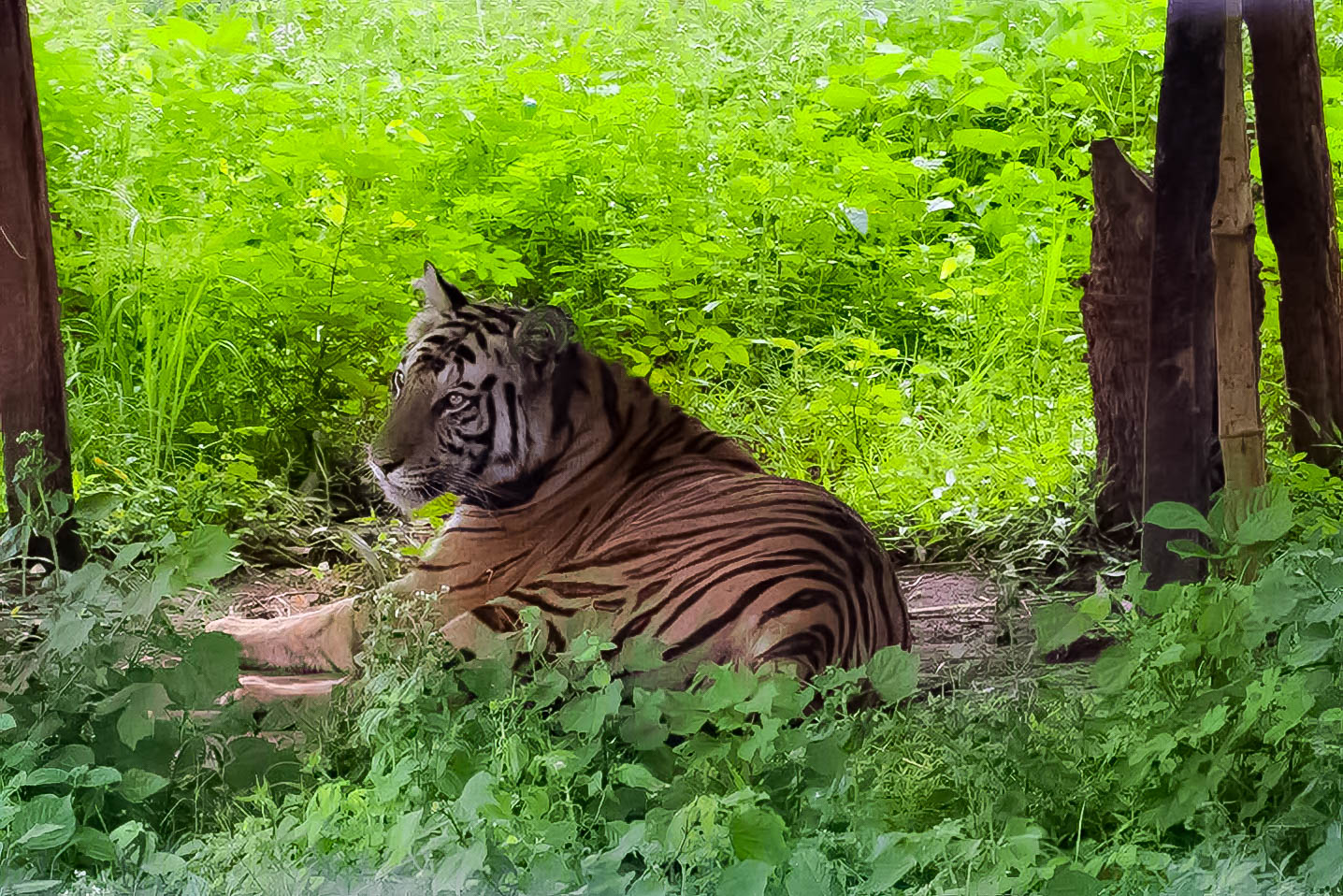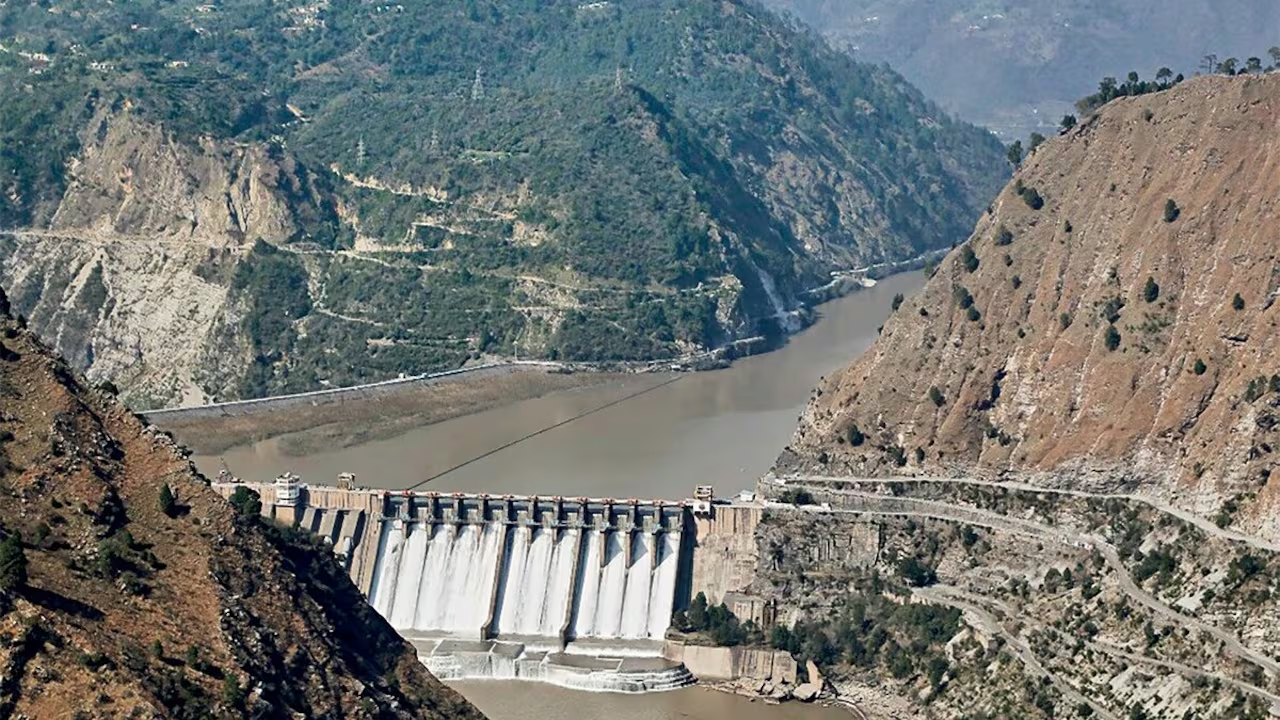- Courses
- GS Full Course 1 Year
- GS Full Course 2 Year
- GS Full Course 3 Year
- GS Full Course Till Selection
- Answer Alpha: Mains 2025 Mentorship
- MEP (Mains Enrichment Programme) Data, Facts
- Essay Target – 150+ Marks
- Online Program
- GS Recorded Course
- Polity
- Geography
- Economy
- Ancient, Medieval and Art & Culture AMAC
- Modern India, Post Independence & World History
- Environment
- Governance
- Science & Technology
- International Relations and Internal Security
- Disaster Management
- Ethics
- NCERT Current Affairs
- Indian Society and Social Issue
- NCERT- Science and Technology
- NCERT - Geography
- NCERT - Ancient History
- NCERT- World History
- NCERT Modern History
- CSAT
- 5 LAYERED ARJUNA Mentorship
- Public Administration Optional
- ABOUT US
- OUR TOPPERS
- TEST SERIES
- FREE STUDY MATERIAL
- VIDEOS
- CONTACT US
Conservation Efforts for Tigers in Palamu Tiger Reserve
Conservation Efforts for Tigers in Palamu Tiger Reserve
25-06-2024

Location: Palamu Tiger Reserve (PTR), Jharkhand
Key Points:
- Relocation of Tigers: The PTR authorities are planning to relocate at least two tigresses and one tiger from another reserve to Palamu Tiger Reserve to retain the four tigers that have migrated to the reserve.
- Prey-Base Creation: To ensure the survival of the tigers, the PTR is creating a prey-base by shifting 350 animals, including cheetals, sambhars, and deer, to Soft Release Centers (SRCs) set up in the reserve.
- Soft Release Centers: Four SRCs have been set up in the reserve, each spread over 10 hectares, to provide an amicable atmosphere for the breeding of cheetals, which will serve as prey for the tigers.
- Permission from National Authorities: The PTR has obtained permission from the National Tiger Conservation Authority (NTCA) for shifting the animals and is awaiting approval from the National Zoo Authority.
- Animal Shifting: 200 cheetals from Betla National Park and 300 cheetals and sambhars from Bhagwan Birsa Biological Park (Birsa Zoo) in Ranchi will be shifted to the SRCs.
- Infrastructure Development: Several check dams have been constructed to provide drinking water for the animals, and two portable water sprinklers have been installed to retain greenery in the grasslands.
- Water Conservation: Solar water pumps have been increased from 16 to 37 to retain water in the water bodies throughout the year in PTR.
- Tiger Population: According to the 2019 report on the status of tigers in India, there were no tigers in PTR. The reserve was made a tiger reserve in 1973 and had a good number of tigers, which came down to three in the 2014 census and zero in the latest report.
About Palamu Tiger Reserve (PTR):
- Location: Palamu Tiger Reserve is situated in the Chhota Nagpur plateau region of Jharkhand.
- Part of Betla National Park: The reserve is an integral part of the Betla National Park.
- Establishment: PTR is one of the first nine tiger reserves established in India at the initiation of 'Project Tiger.'
- Historical Significance: In 1932, under the supervision of J.W. Nicholson, Palamu Tiger Reserve became the world's first reserve to conduct a tiger census through pugmark counting.
- Terrain: The landscape of PTR is characterized by undulating terrain featuring valleys, hills, and plains.
- River Systems: Three rivers, namely North Koyal, Auranga, and Burha, flow through the reserve's valleys.
- Geology: The reserve's geological formation comprises gneiss, granite, and limestone.
- Mineral Wealth: PTR is abundant in minerals such as Bauxite and Coal.
- Vegetation:
- The reserve is predominantly covered by Northern Tropical Dry Deciduous Sal Forest and its associates.
- Smaller patches of Northern Tropical Moist Deciduous forests are also present.
- Flora: Notable plant species in PTR include Shorea robusta, Acacia catechu, Madhuca indica, Terminalia tomentosa, Butea monosperma, Pterocarpus marsupium, Anogeissus latifolia, Indigofera pulchela, and many more.
- Fauna: PTR is home to a diverse range of wildlife, including keystone and principal species such as Tiger, Asiatic Elephant, Leopard, Grey Wolf, Wild Dog, Gaur, Sloth Bear, and Four-horned Antelope.
Importance:
- Conservation of Tigers: The relocation of tigers and creation of a prey-base will help in the conservation of tigers in Palamu Tiger Reserve.
- Ecosystem Balance: The introduction of cheetals, sambhars, and deer will help maintain ecosystem balance in the reserve.
- Biodiversity: The conservation efforts will also help in preserving biodiversity in the region.
Challenges:
- Habitat Fragmentation: The reserve is fragmented, which can lead to habitat loss and human-tiger conflict.
- Poaching: The reserve is vulnerable to poaching, which can threaten the survival of tigers and other wildlife.
- Climate Change: Climate change can affect the availability of water and food resources in the reserve, making it challenging to conserve tigers and other wildlife.



